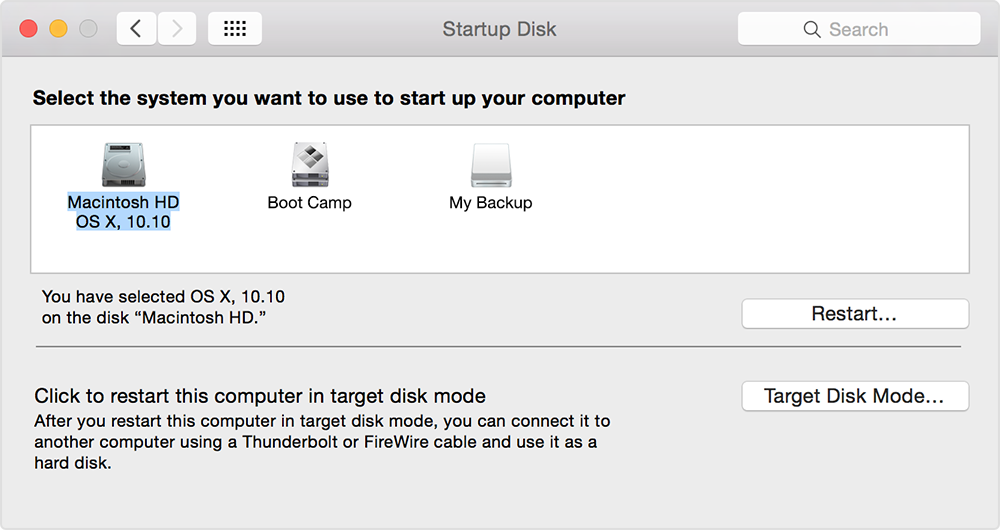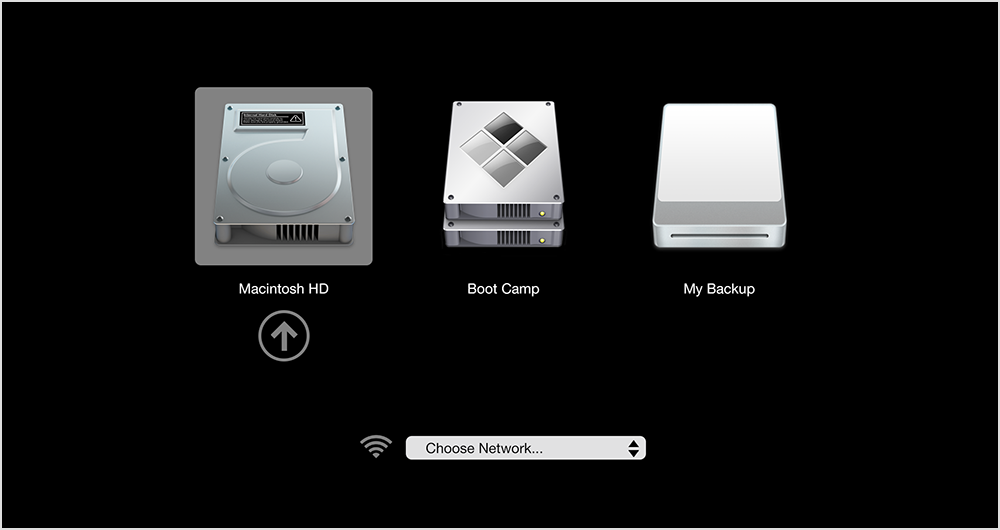1
Mac OS X v10.5 Leopard
Installation and Setup Guide
www.laptopserviceschennai.com
If you already have Mac OS X v10.3 or later installed on your computer:
All you need to do
is upgrade to Leopard. See “Upgrading Mac OS X” on page 1.
To install a fresh system, erase your hard disk before installing Mac OS X, or install
additional software:
Go to “Custom Installations” on page 4
.
To find out what version of Mac OS X you have installed on your computer, choose
Apple (
) > About This Mac.
Upgrading Mac OS X
Upgrade to Leopard and start using its great new features. It’s easy—just follow these
steps.
WARNING:
If you’re installing Mac OS X on your current Mac OS X startup disk, let the
installer finish. If you quit, you may not be able to start up using your current
Mac OS X startup disk.
2
Step 1:
Insert the Mac OS X Install disc
Double-click the Install Mac OS X icon, and then click Restart. The installer opens
automatically when your computer restarts.
Step 2:
Follow the onscreen instructions
Select the language you want to use, and then click the forward arrow. The Welcome
screen appears.
Double-click this icon
on the Install disc.
Click Restart
to begin.
3
The installer guides you through the installation process:
That’s it. Enjoy using Mac OS X Leopard!
Welcome
Click More Information on the Welcome page to learn about
system requirements and other information you may need to know
before installing.
License
Read and agree to the software license agreement.
Select a Destination
If you have access to more than one disk volume, select a
destination, and then click Continue.
Installation Summary
Click Install to start installing Leopard.
Install
The installer displays the progress of the installation.
4
Custom Installations
This section tells you how to install Mac OS X if you want to:
Â
Install Mac OS X on your computer for the first time
Â
Archive your current Mac OS X system
Â
Erase your hard disk before installing Mac OS X
Â
Install additional software available on the Mac OS X Install disc
Preparing for Installation
If you plan to erase your hard disk or archive your current system without preserving
your users and network settings, you’ll need to note your current network settings to
make it easier to get connected again after installing Mac OS X. Go to System
Preferences > Network, and then check for these settings:
If your network uses:
Write down the following:
Ethernet, DSL, or cable
connected via DHCP
Nothing. DHCP automatically configures your Internet connection.
AirPort connected via DHCP
AirPort or wireless network name and password provided by your
AirPort network administrator
Ethernet, DSL, or cable
connected manually
Internet Protocol (IP) address (number that looks like 12.345.56.789)
Subnet mask (number that looks like 10.255.255.255)
Router address (number that looks like 10.208.32.2)
Domain Name System (DNS) servers (optional number that looks
like 10.255.255.255, and name that looks like
ISPname
.com)
Search domains (optional name that looks like
ISPname
.com)
Dial-up modem
Telephone number, user name, and password provided by your
service provider
DNS servers (optional number that looks like 10.255.255.255, and
name that looks like
ISPname
.com)
Search domains (optional name that looks like
ISPname
.com)
5
Installing Mac OS X
To begin a custom installation of Mac OS X Leopard, follow these steps.
Step 1:
Insert the Mac OS X Install disc
Double-click the Install Mac OS X icon, and then click Restart. The installer opens
automatically when your computer restarts.
WARNING:
If you’re installing Mac OS X on your current Mac OS X startup disk, let the
installer finish. If you quit, you may not be able to start up using your current
Mac OS X startup disk.
Double-click this icon
on the Install disc.
Click Restart
to begin.
6
Step 2:
Follow the onscreen instructions
Select the language you want to use, and then click the forward arrow. The Welcome
screen appears.
The installer guides you through the installation process. Refer to the sections that
follow for information about selecting a destination when you have more than one
volume, selecting installation options, and selecting additional software to install.
Step 3:
Select a destination
On the “Select a Destination” pane, select the volume on which you want to install
Mac OS X. The screen tells you how much space is required for installation.
7
Step 4:
Select how you want to install Mac OS X
Click the Options button to select “Archive and Install” or “Erase and Install.” One of the
following screens appears:
Select how you want to install Mac OS X, and then click OK. Click Continue when you’re
ready to proceed to the next pane.
Install Mac OS X
This option appears if you don’t have Mac OS X installed on your computer or you have
an early version of Mac OS X (v10.2.8) that can’t be upgraded. Select this option to
install Leopard on your computer.
Archive and Install
Select this option if you want to install a fresh system on your computer.
“Archive and Install” moves your existing Mac OS X system files to a folder named
Previous System, and then installs a new copy of Mac OS X on the selected volume.
Mac OS X–installed applications, such as Address Book and Safari, are archived, and
new versions are installed in the Applications folder.
Unless you choose “Preserve Users and Network Settings,” user accounts and their
home folders are also archived in the Previous System folder.
This is selected if
Mac OS X is already
installed on the volume.
This is selected if Mac OS X
isn’t installed.
8
Select the “Preserve Users and Network Settings”
checkbox to import your existing user
accounts, home folders, and network settings into the new system. User accounts
include such things as:
Â
Home folders and their contents
Â
Preference settings
Â
Address Book databases
Â
Browser favorites
Â
Network settings and locations
“Preserve Users and Network Settings” also copies the existing Shared folder in the
Users folder to your new system.
Note:
You can’t start up your computer using the Previous System folder, but settings,
preference files, fonts, plug-ins, and other items remain available in case you need
them.
Some applications, plug-ins, and other software may have to be reinstalled after an
“Archive and Install.” Fonts that were installed in the Fonts folder in the top-level
Library folder can be installed in your new system by copying them from the Previous
System folder.
Erase and Install
This method completely erases the destination volume, and then installs a new copy of
Mac OS X.
Step 5:
Select additional software packages to install
The default installation contains all the software you need to use Mac OS X. However,
the Mac OS X Install disc contains additional software—such as printer drivers, fonts,
and language translations—that you may want to install. To see the available packages,
click Customize on the Install Summary screen.
The Custom Install pane appears, as shown on the following page. Click the arrows
to reveal specific components. Select the software you want to install, and then
click Done.
WARNING:
If you erase the destination volume, everything on the volume—your
user accounts, network settings, and all of your files and folders—will be deleted.
If necessary, quit the installer and back up your files before you erase the destination
volume.
9
Note:
You can always use the Mac OS X Install disc to install additional software
packages later.
When you’re ready to install Mac OS X and the selected software, click Install on the
Install Summary screen.
Click the arrow to
reveal components.
All components
will be installed.
Only the selected
components will
be installed.
10
Setting Up Mac OS X after a new installation
Read this section if you installed Mac OS X for the first time or if you performed a
custom installation that didn’t preserve your user and network settings.
After installing Mac OS X, the installer restarts your computer. Mac OS X Setup Assistant
appears to help you set up your new system. The setup assistant guides you through
the process of transferring information, creating an Apple ID and .Mac membership,
creating your user account, setting up your Internet connection, and registering your
copy of Mac OS X.
Transferring Information From Another Mac or Volume
The setup assistant can help you transfer information from another Mac OS X computer
or volume to your new Mac OS X system. If you choose to transfer information, you will
be asked to select which items you want transferred. You can transfer user accounts,
network and other settings, applications, and files and folders. Some transferred
applications may not work and will have to be reinstalled.
Note:
You don’t have to transfer information during installation. You can use Migration
Assistant, a utility installed with Mac OS X Leopard, to transfer applications, files, and
folders from another computer or volume at any time.
Creating a User Account
The user account you create during installation is an administrator of your computer.
You’ll be asked to create a user name and password. It’s important to remember exactly
how you enter them, including capitalization. You may need to use both to log in to
your computer or to perform administrative tasks, such as installing new software.
Setting Up Your Internet Connection
The setup assistant makes it easy to set up your connection to the Internet. If you don’t
have an Internet connection, you can get one from an Internet service provider (ISP).
Note:
If you aren’t able to connect to the Internet during setup, you can always use the
Network Setup Assistant to get connected later. Open System Preferences, click
Network, and click “Assist me.”
If you have an existing Internet connection, you may want to gather information about
it before installing Mac OS X. That way you can be prepared to set up your connection
using the setup assistant.




